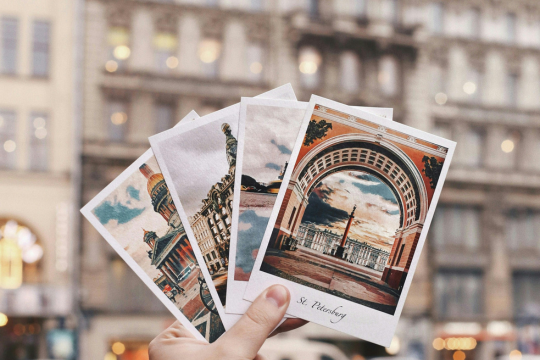At a recent Accelerate Coaching Call, a member raised a familiar challenge:
“I have quotes out with clients I know are going to book, but they’re dragging their feet. How do I get them to move forward?”
She’s not alone. For some, this year has brought a wave of indecisive clients. The type of travelers who inquire, engage, and then…stall. The struggle for these advisors is real: How do you nudge a client to act without pushing too hard?
Gifted Travel Network mentor Anna Harrison offered a powerful reframe on the call:
“There’s a difference between sleazy pressure and ethical pressure. Ethical pressure is when you advocate for the client’s best interest, because you don’t want them to miss out.”
That’s a mindset shift, and it brought me back to a breakout session I led at our annual conference last September, where we talked about the difference between upselling and upserving, and what it really means to serve with integrity.
In To Sell Is Human, author Daniel Pink describes upserving as:
“Doing more for the other person than she expects or you initially intended … taking the extra steps that transform a mundane interaction into a memorable experience.”
That means recommending the upgraded suite, not because of commission, but because you know the toddler will nap better and mom and dad will actually get a moment to themselves. That means following up with urgency when you see festive inventory disappearing, not to pressure a sale, but to protect the trip your client asked you to design. Sometimes, it also means advocating for what they didn’t ask for, because you know it’s what they’ll ultimately need to have the experience they truly want.
Sales and service aren't opposite. Done well, they’re inseparable. To bridge the gap, one of the most powerful tools we have is storytelling.
In my presentation last year, I shared the Significant Objects Project, a fascinating experiment led by Rob Walker and Joshua Glenn. They bought $128 worth of cheap, meaningless trinkets and hired writers to invent compelling backstories for each one. When they resold the objects on eBay, buyers paid a combined total of $3,612.51, more than 28 times what the items originally cost.
The reason: People don’t just buy products. They buy meaning. They buy emotion. They buy narrative.
When we connect the dots between what a client says they want and the story that experience will help them tell, we’re not just selling. Rather, we’re guiding.
Let’s say your client told you they want to spend Christmas in Hawaii, just the five of them, with no gifts this year, just memories. Instead of another “just checking in” email, you write:
“I just checked availability at the Fairmont, and there are only two oceanview rooms left for your dates. I’m thinking about what you shared on our call and how this trip is about slowing down and creating something special with your boys while they’re still little. If we wait too long, those moments might not look the same. I recommend we lock this in this week yet while the option is still available. I’d be honored to help you make it happen.
That’s not a follow-up. That’s a story. It’s one that reflects their values, reminds them what’s at stake, and helps move them from indecision to action.
Whether you’re chasing down a quote, recommending an upgrade, or simply encouraging a client to act before it’s too late, don’t forget: Urgency doesn’t have to be icky when it’s rooted in trust, service, and story.
Sometimes, the most client-centric thing you can say is: “You told me this matters to you. Let’s move.”


.png)


